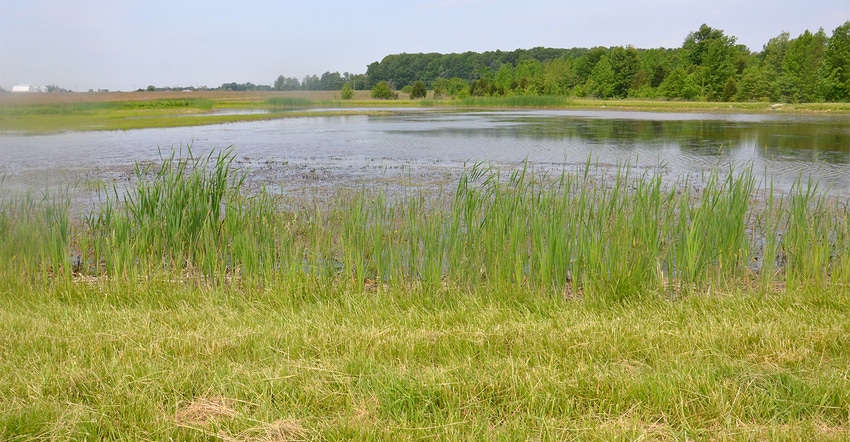
The Indiana Department of Environmental Management has not always been viewed as a friend by some sectors of agriculture. However, that attitude has softened since former Gov. Mitch Daniels helped refocus IDEM more than a decade ago.
Julia Wickard, newly appointed liaison to agriculture for IDEM, understands the role the agency should play in Indiana. She’s involved in agriculture herself. Wickard and her husband have a beef cattle operation in Hancock County.
Wickard has explained the ins and outs of what happens at IDEM in previous articles: Ag gains new link to IDEM, New liaison explains IDEM's role in Indiana, Why someone from IDEM might visit your farm and Complaints could cause IDEM inspector to visit. As her interview with Indiana Prairie Farmer continues, here are her views on where IDEM fits as a part of Indiana government.
What would Indiana and Indiana agriculture be like if IDEM didn’t exist? With the changes that have occurred in agriculture and the changing agricultural community, we would hope that many of the issues of manure application would be treated nearly the way they are today. Since IDEM was formed in 1986, most livestock and poultry producers have moved away from considering manure as a waste product [like they did] in the ’80s and ’90s. Then, many thought it just cost them time and money to get rid of. Now many consider it an asset that adds economic value to their operations.
What benefit does IDEM provide to producers with livestock? With this changing mindset [since the ’80s and ’90s], IDEM’s goal is that the treatment and land application of manure to our soils would be done in an efficient and environmentally friendly manner. The construction approval and oversight provided by IDEM on these structures, which some in the agricultural community may consider a burden at times, does provide them with the opportunity to claim that the storage of manure on their farms is being done with the best technology available at the time they were approved. IDEM will stand behind them on that claim.
Does IDEM get involved if someone is suspected of clearing a wetland without permission? Construction activities that result in filling, draining or otherwise impacting wetlands and jurisdictional waterways are prohibited without authorization of the U.S. Army Corps of Engineers under the Clean Water Act. When a project is planned in Indiana that will impact a wetland, stream, river, lake or other water of the United States, the Indiana Department of Environmental Management must issue a Section 401 Water Quality Certification, called a 401 WQC. A Section 401 WQC is a required component of a federal permit, and must be issued before a federal permit or license can be granted.
Does IDEM have control over any Indiana wetlands? If the Corps doesn’t assume jurisdiction over a wetland, the wetland may be considered isolated. Isolated wetlands are those wetlands not regulated under the federal Clean Water Act. They are regulated under Indiana’s State Isolated Wetlands law. Impacts to isolated wetlands require a State Isolated Wetlands Permit from IDEM.
Again, because the federal government’s jurisdiction is different than the state’s, IDEM must be contacted to determine which, if any, state authorizations are needed before an applicant may legally place fill materials into wetlands, streams, rivers, lakes and other waters.
About the Author(s)
You May Also Like




